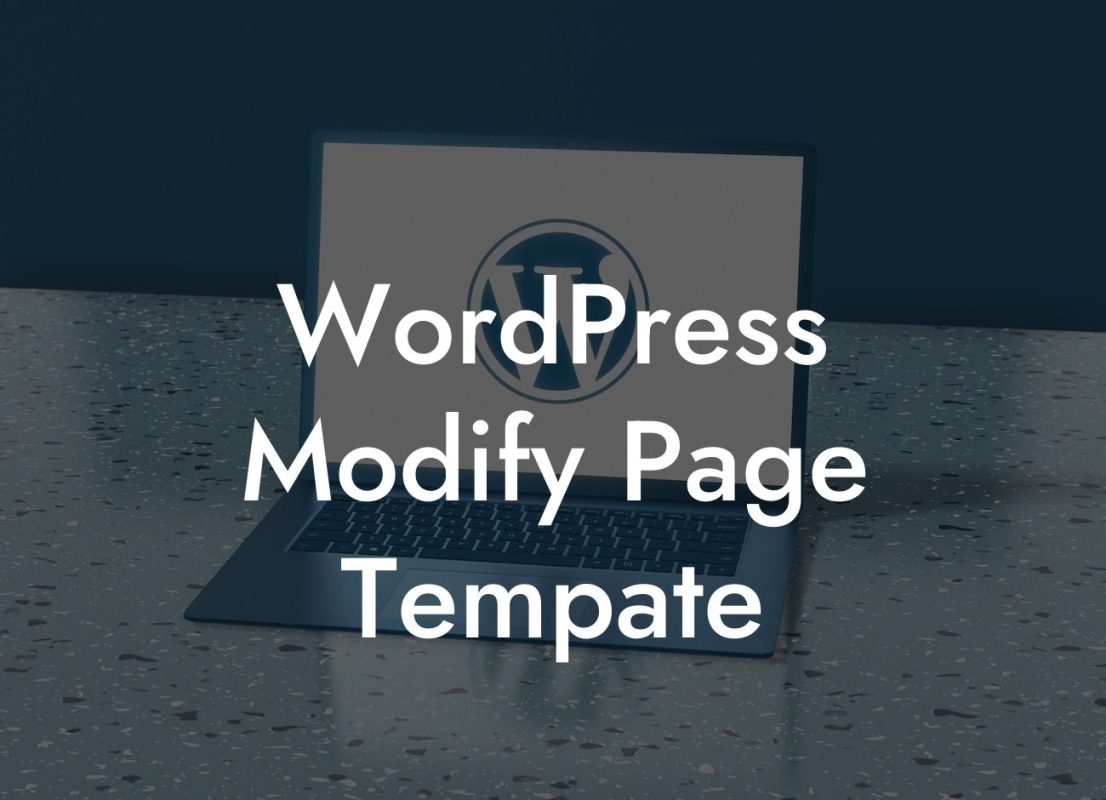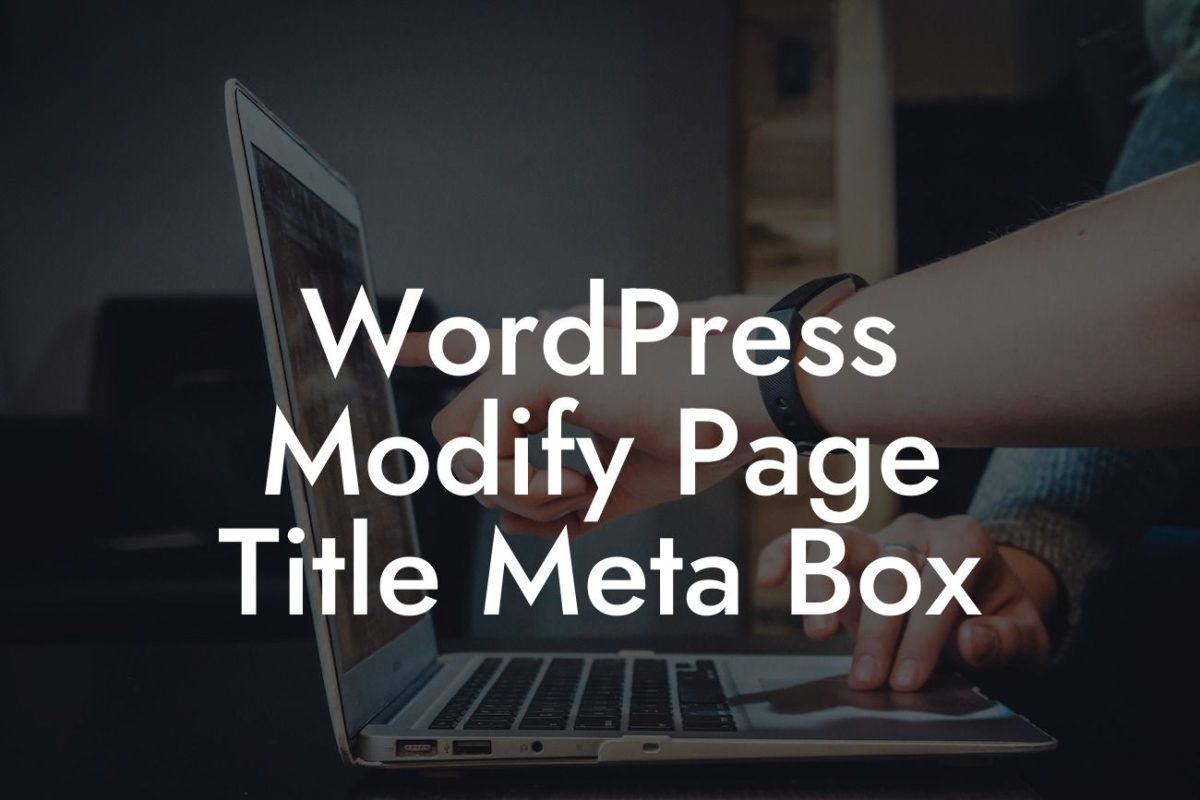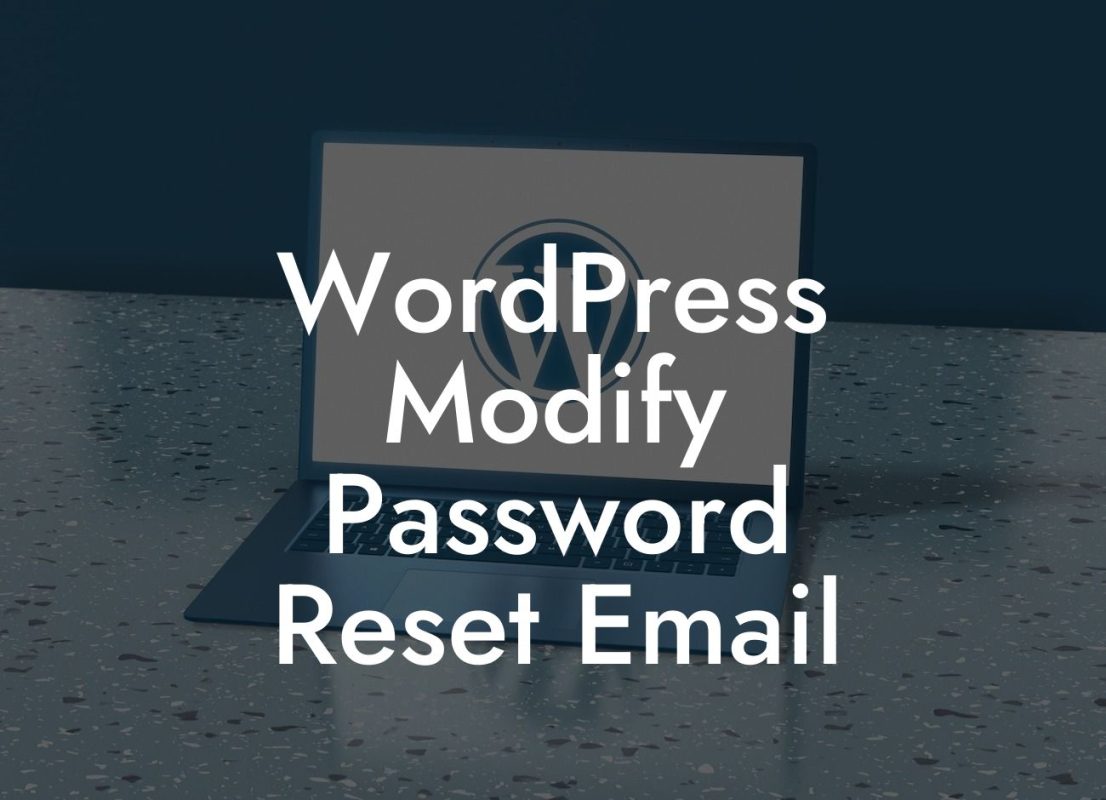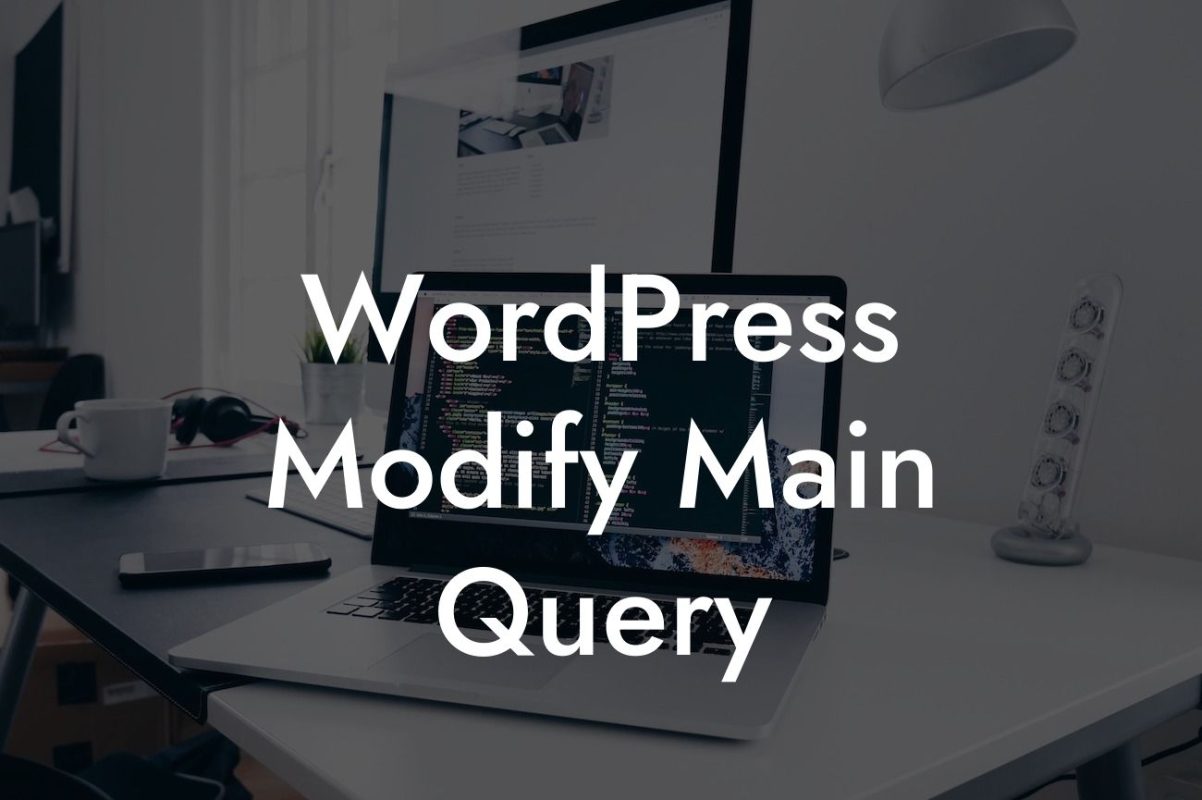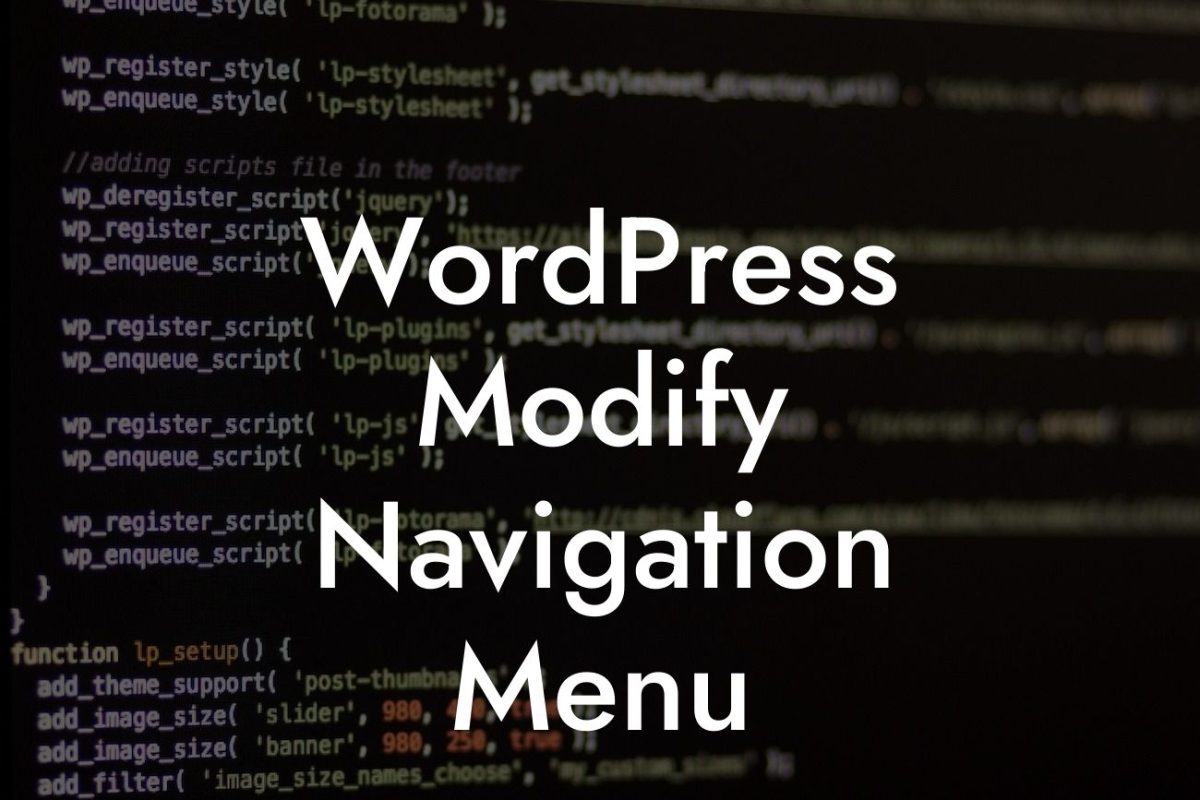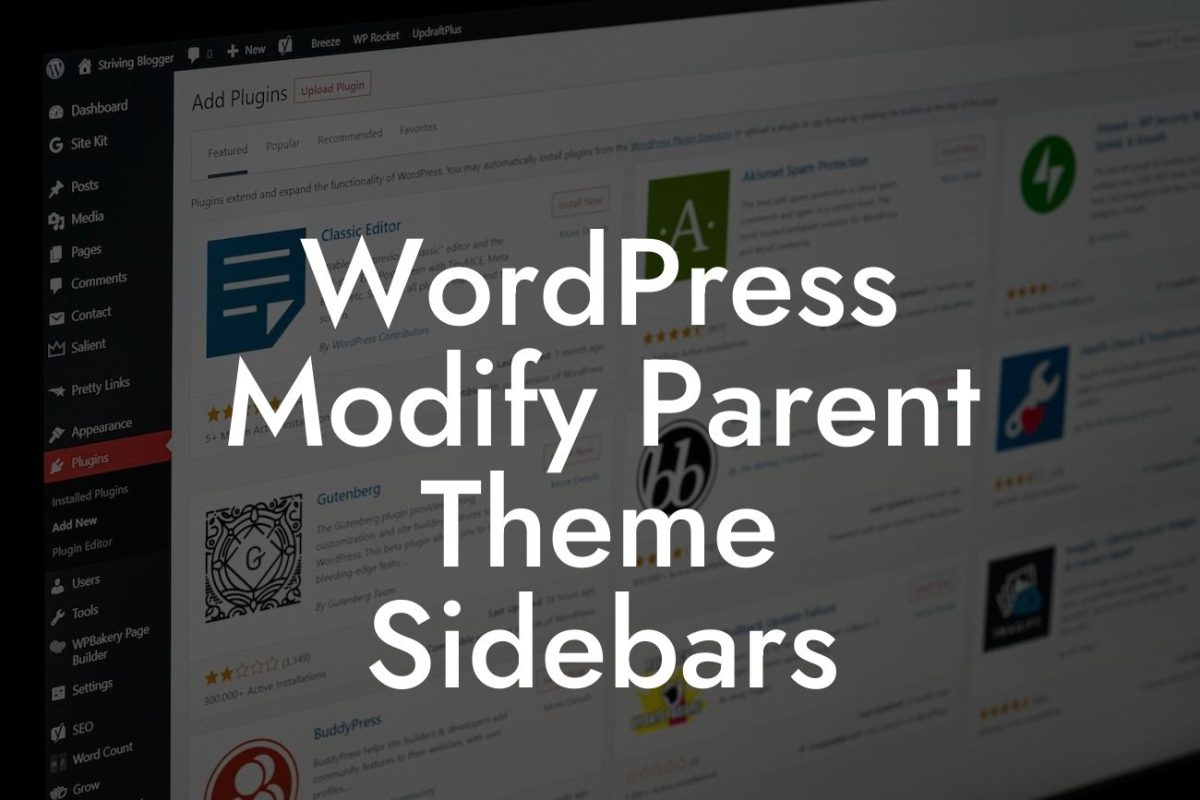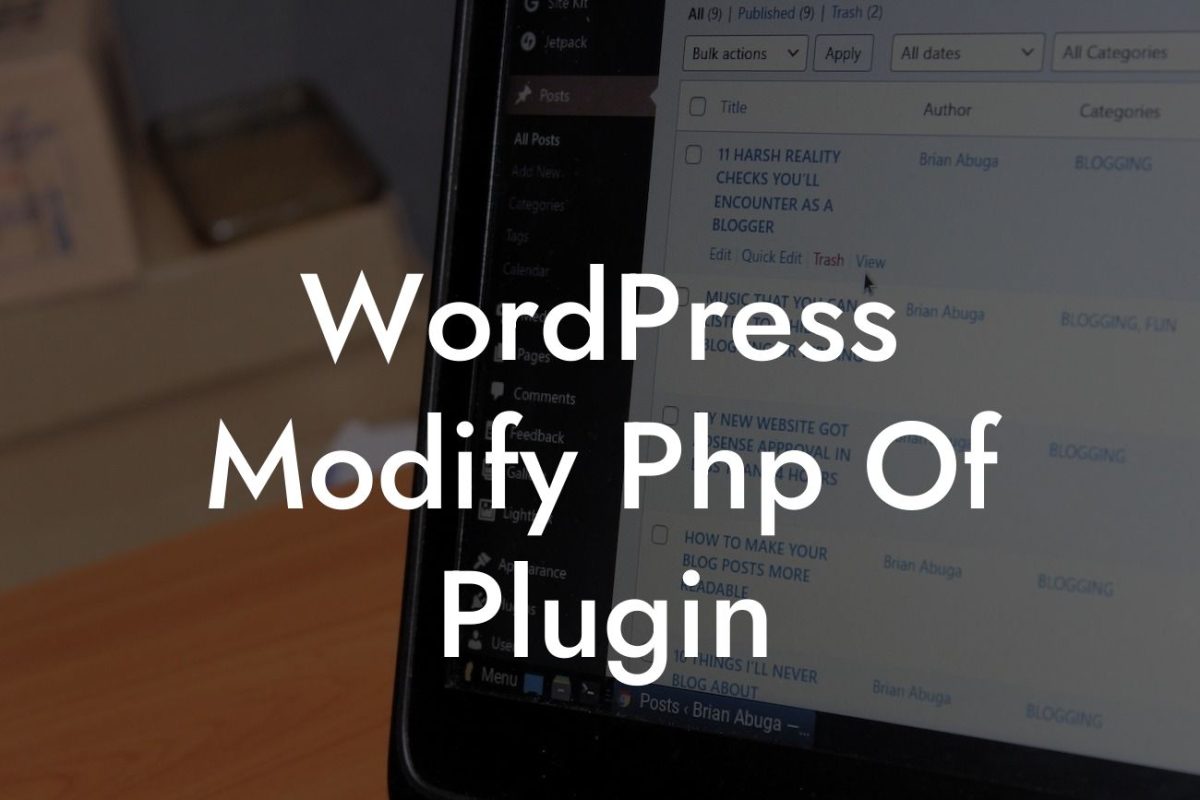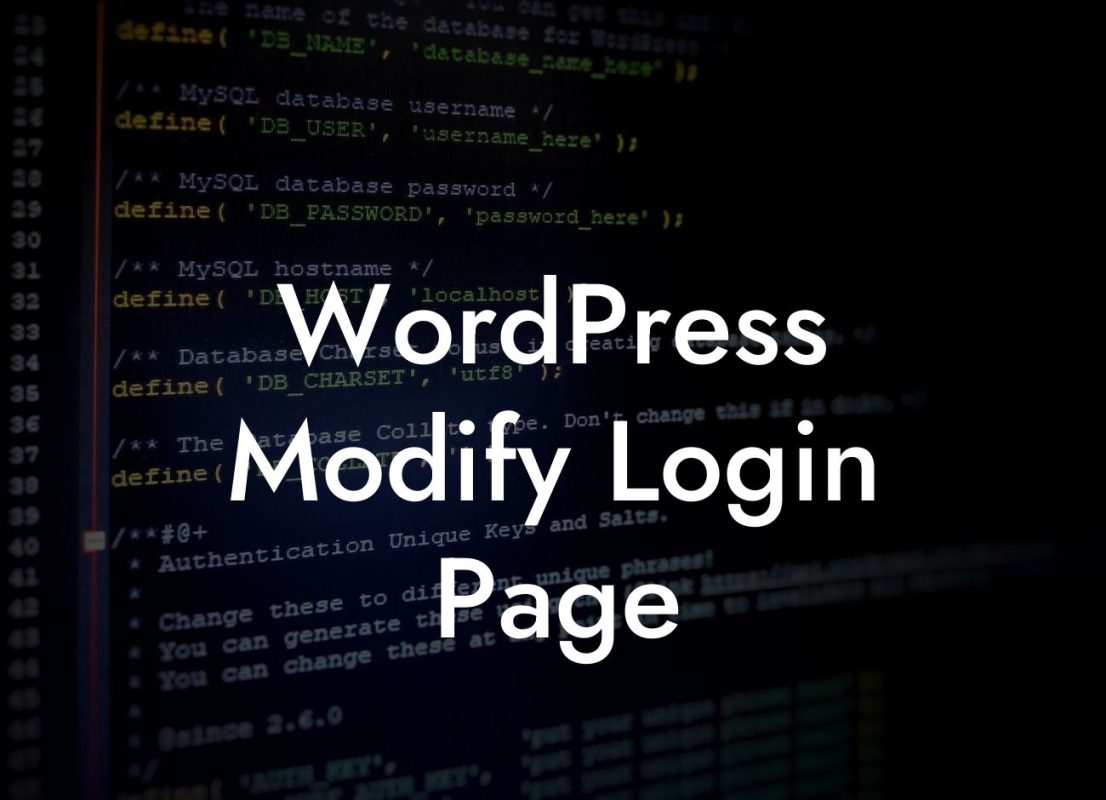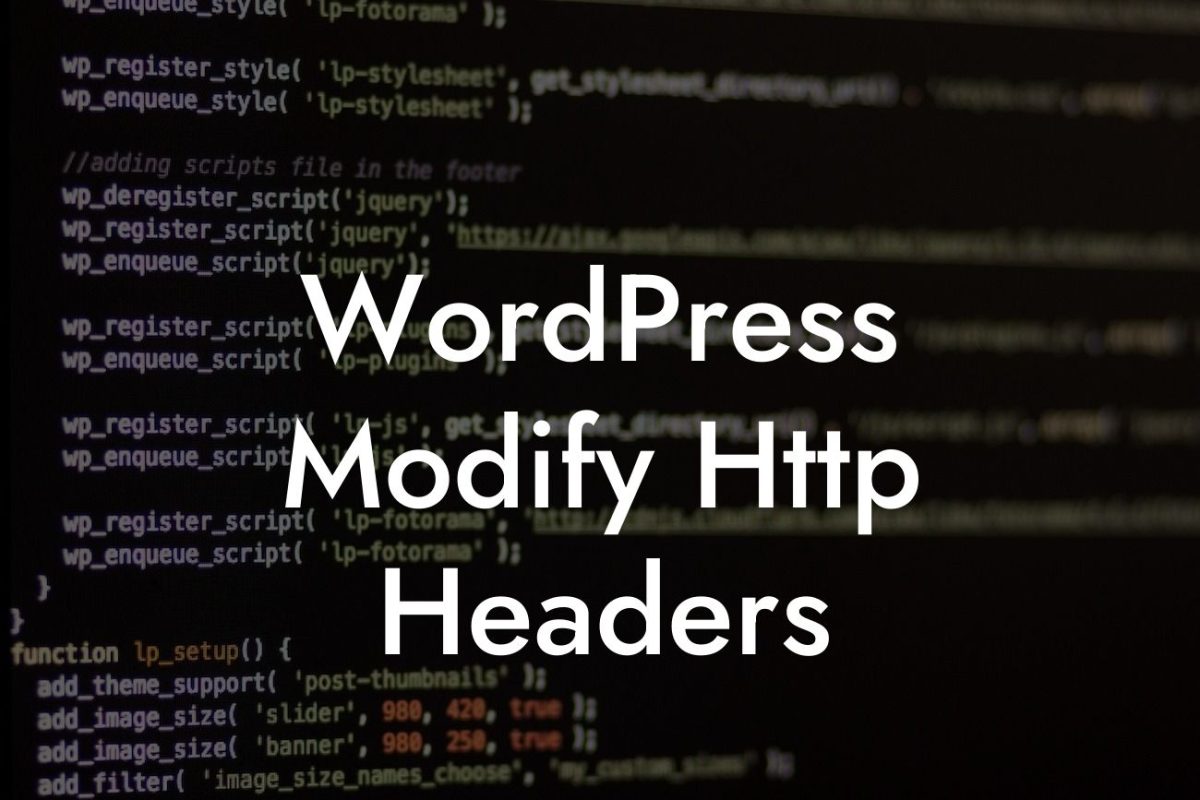WordPress is a versatile and widely used platform, empowering small businesses and entrepreneurs to create stunning websites with ease. However, there may come a time when you want to take your website customization a step further and modify the PHP files underlying your WordPress theme. But fear not, in this comprehensive guide, we will walk you through the process of modifying PHP files in WordPress, helping you enhance your website's functionality and tailor its appearance to your needs.
Before we dive into the technical aspects, it's important to have a backup of your website and theme files. Now let's go through the step-by-step process of modifying PHP files in WordPress:
1. Understand the file structure: Familiarize yourself with the structure of your WordPress theme files and identify the specific PHP file you wish to modify. This will generally be found within the 'wp-content/themes' directory.
2. Use a child theme: To avoid losing your modifications during theme updates, it's recommended to create a child theme. This ensures that your changes remain intact even when the parent theme is updated.
3. Use a suitable code editor: Choose a reliable text/code editor that suits your requirements. Whether it's a simple text editor, a specialized code editor like Visual Studio Code, or integrated development environments (IDEs) like PhpStorm, select the editor that feels comfortable to work with.
Looking For a Custom QuickBook Integration?
4. Make your modifications: Open the desired PHP file in your editor and proceed with the modifications. This can include adding additional functionality, altering existing code, or customizing the design elements.
5. Test thoroughly: After modifying the PHP file, it's crucial to thoroughly test the changes you made. This ensures that your website remains fully functional and error-free. Always check for any conflicts with other plugins or themes.
Wordpress, Modify Php Files Example:
Let's say you want to add a custom sidebar to your WordPress theme. You can start by creating a child theme and then modify the 'sidebar.php' file within the child theme directory. Within that file, you can add the necessary HTML, CSS, and PHP code to create the desired sidebar layout. This small modification can greatly enhance the usability and visual appeal of your website.
Congratulations! You've now learned the essential steps for modifying PHP files in WordPress. Remember to always keep backups of your files and test your changes thoroughly. If you're looking for further customization options, DamnWoo offers a range of powerful WordPress plugins specifically designed for small businesses and entrepreneurs. Explore our website to discover more guides, plugins, and resources that can elevate your online presence and supercharge your success. Don't forget to share this article with others who can benefit from it!




